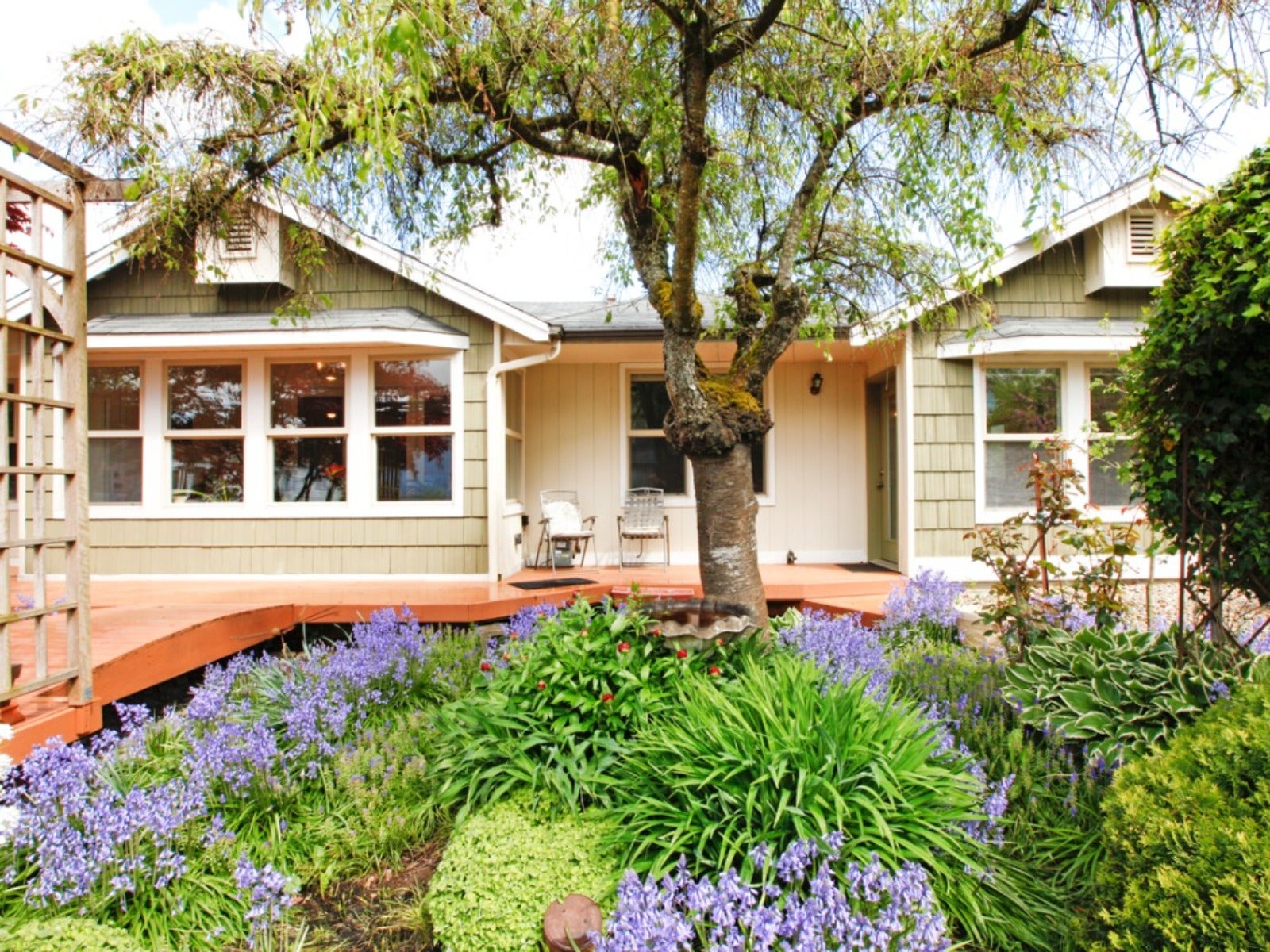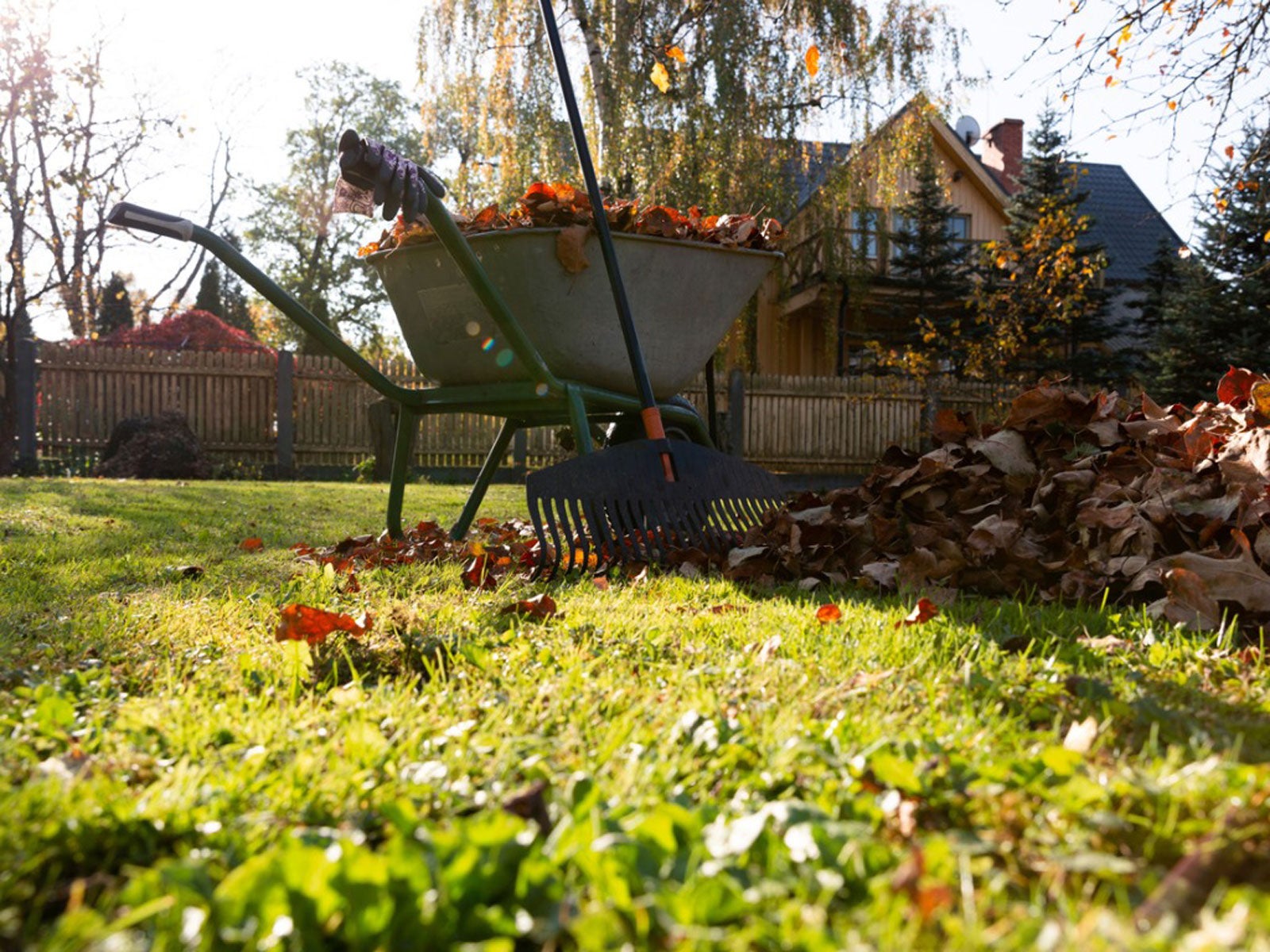South Central
Grow a show-stopping garden in the South! Whether you live in Mississippi, Louisiana, Texas, Arkansas, Oklahoma, or Kansas we have all the know how you need to make your Southern garden shine. Explore our articles filled with expert tips, inspiration, and ideas to discover how.
-
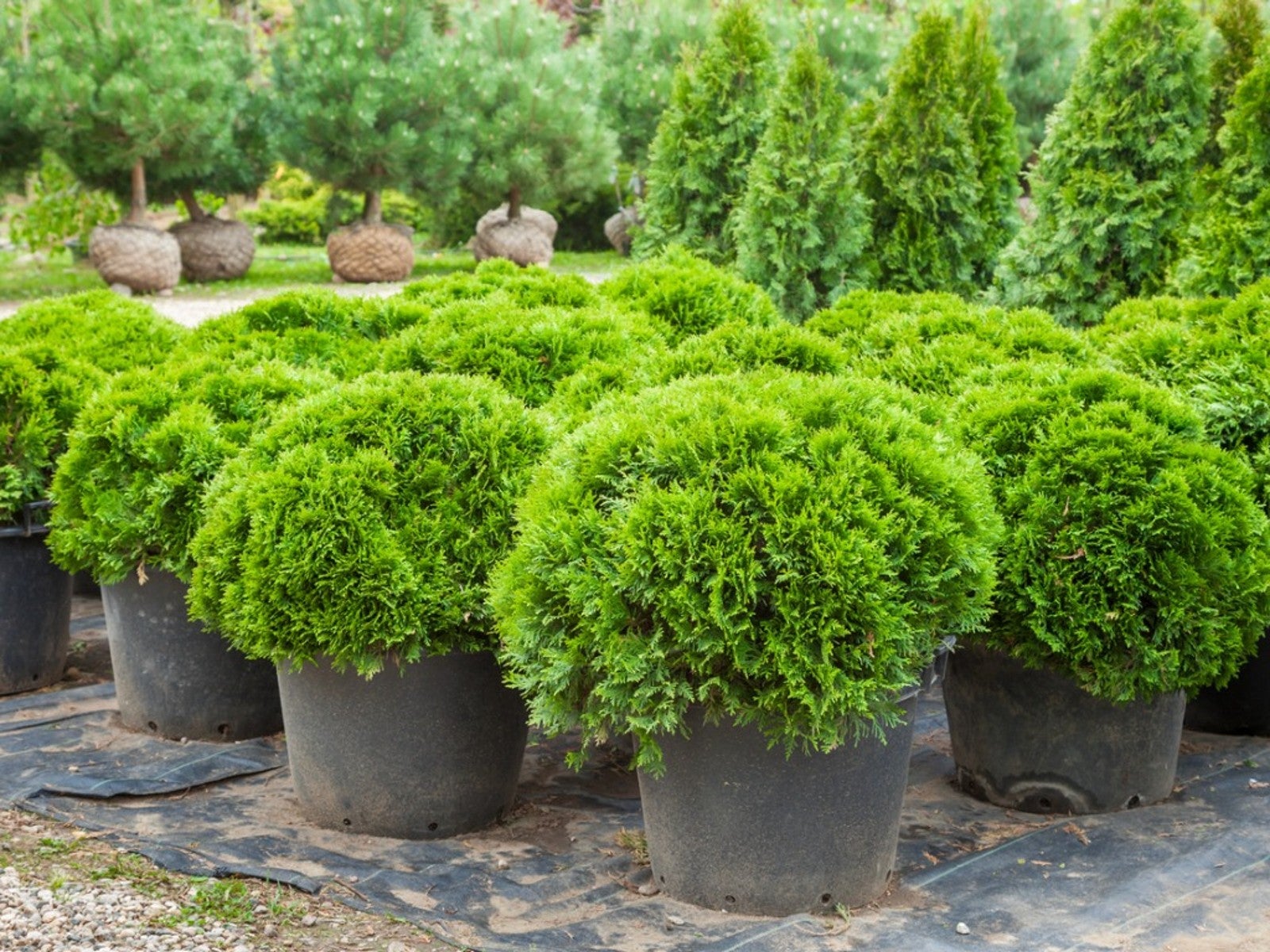
Southern Flowering Shrubs and Evergreen Bushes
There are lots of flowering shrubs and evergreens that will thrive in the warm regions of the south. Read on.
By Susan Albert
-
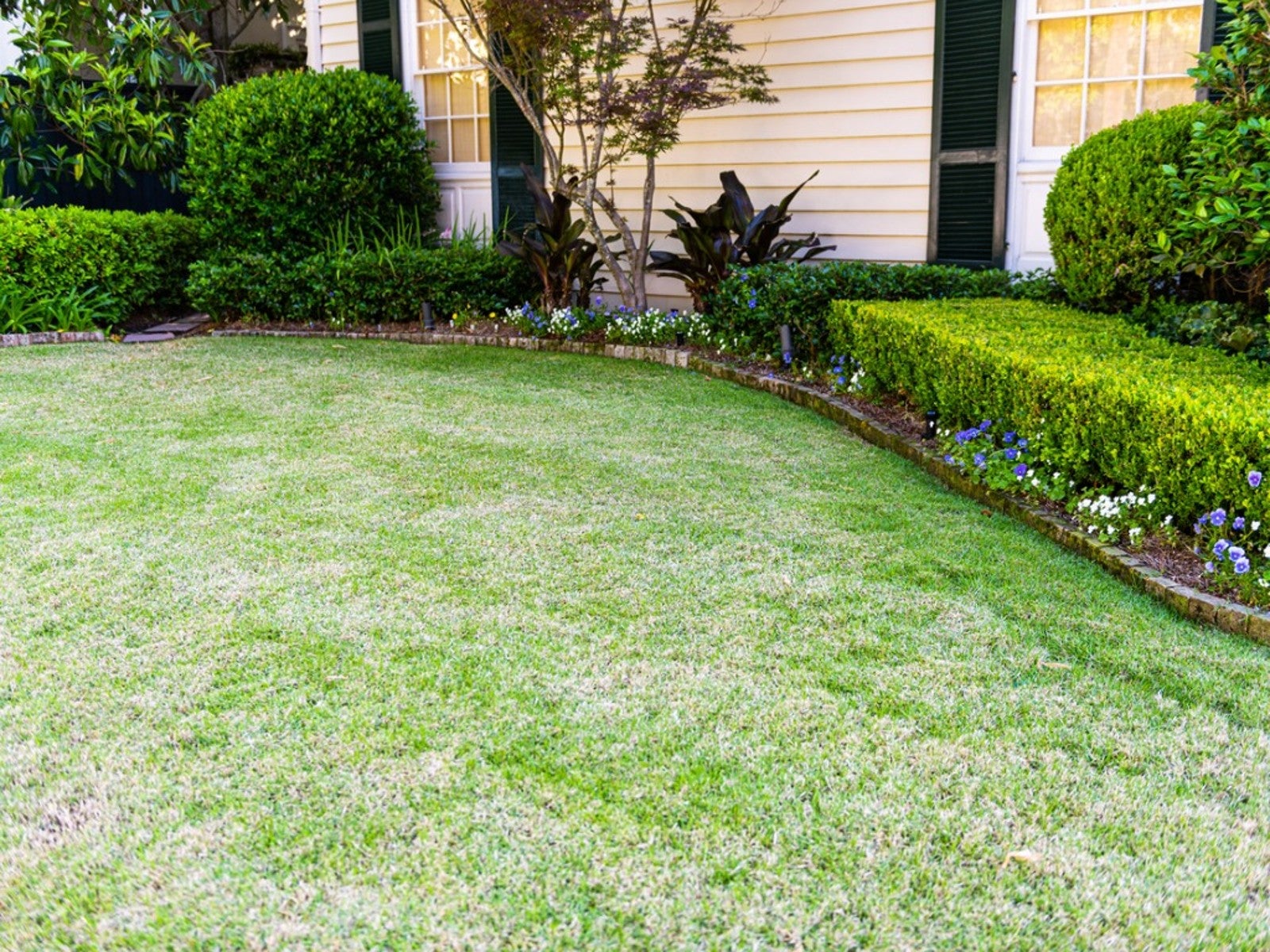
Southern Lawn Care Guide And Calendar
Click here for a complete south central lawn care and maintenance guide and schedule.
By Susan Albert
-

Growing South Central Conifers – Coniferous Plants For Texas And Nearby States
Many conifers prefer northern areas, but some conifers thrive well in southern regions too. For South Central conifers, click this article.
By Susan Albert
-
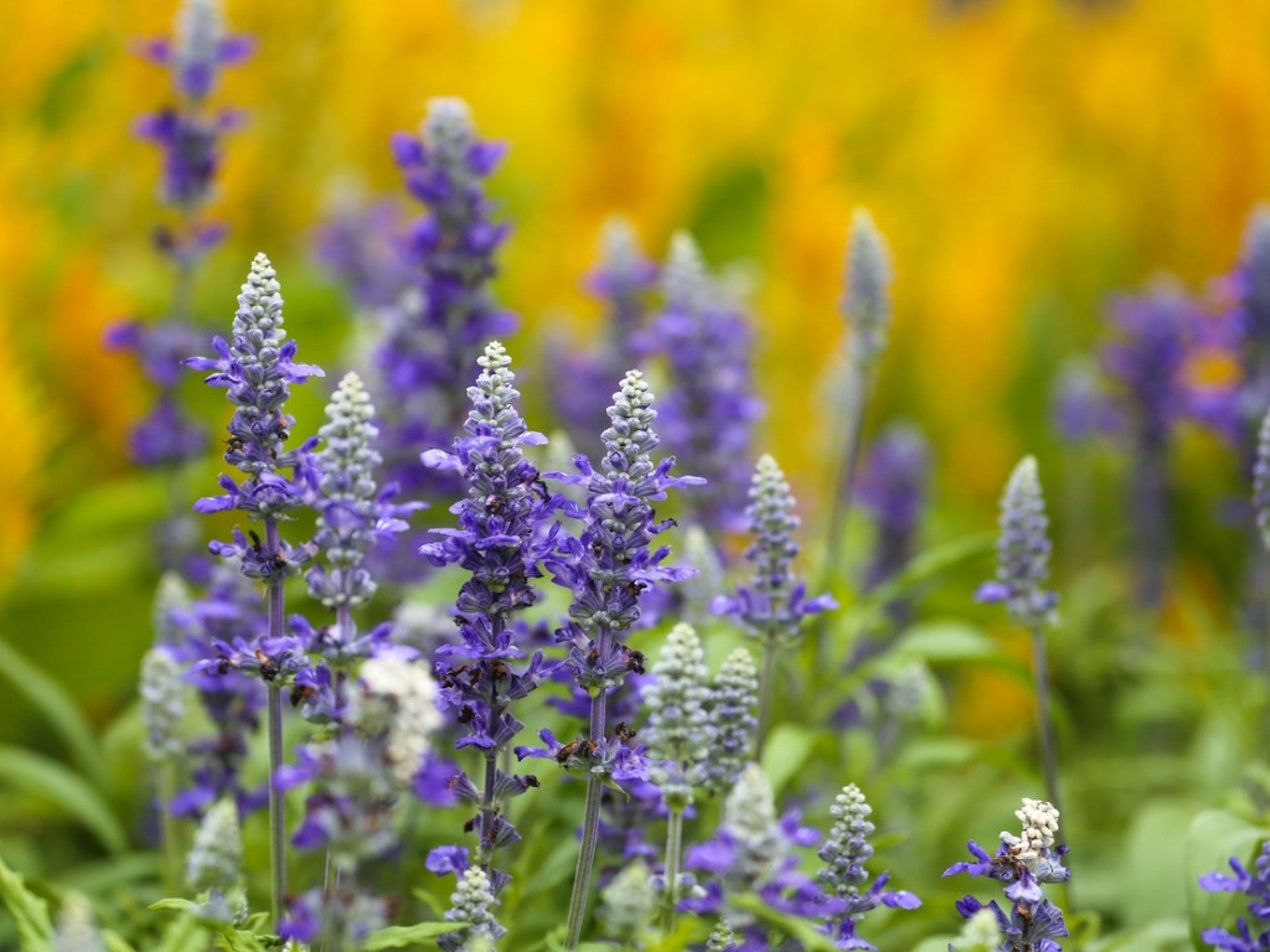
Must-Have Southern Perennials For Garden Beds
Click here to find info on several plants which are able to withstand the unique climatic conditions present in the southern United States.
By Tonya Barnett
-
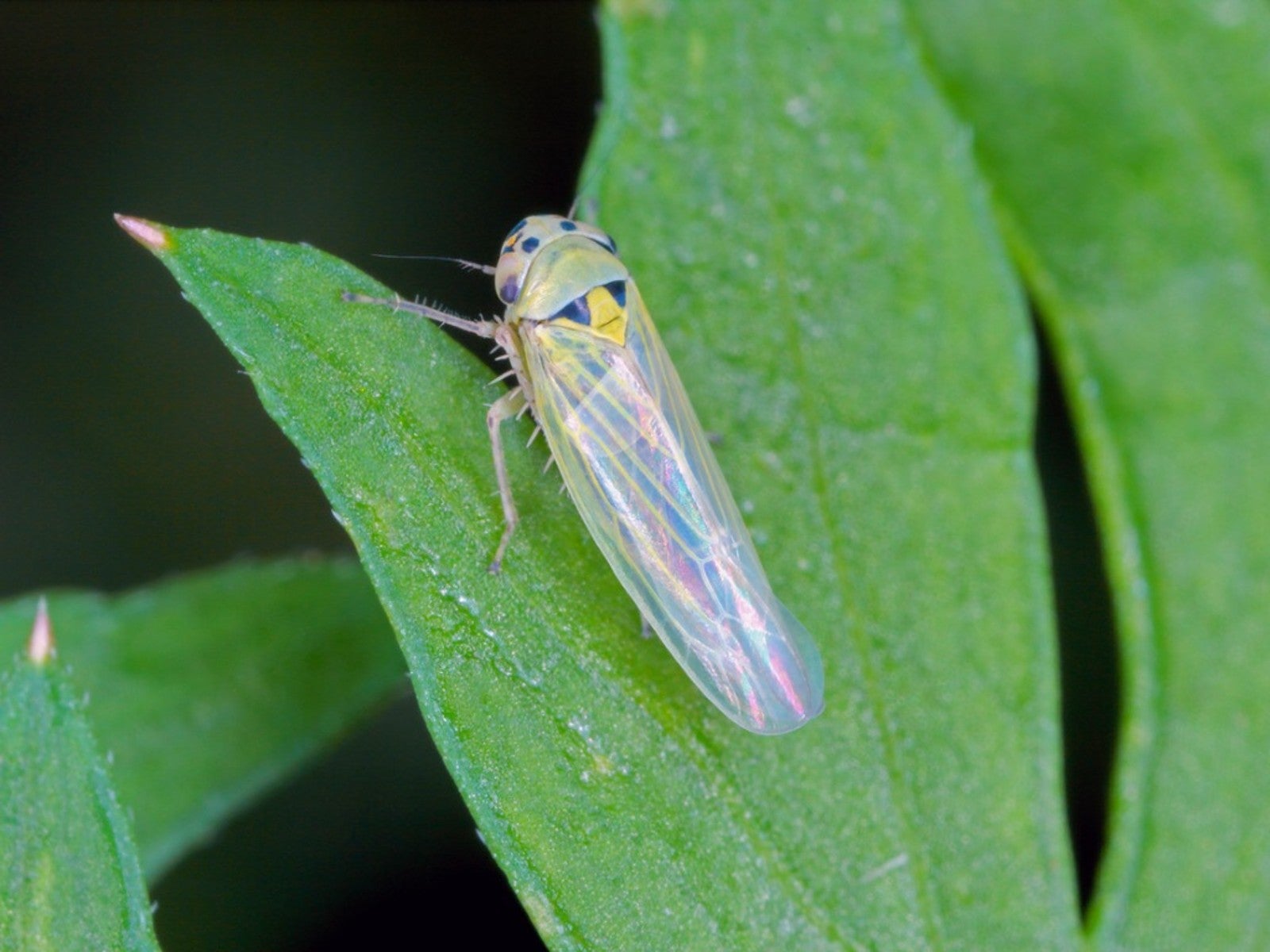
Pest Insects In The South U.S. Region
Click here to learn about some common pest insects in the south U.S. region.
By Susan Albert
-
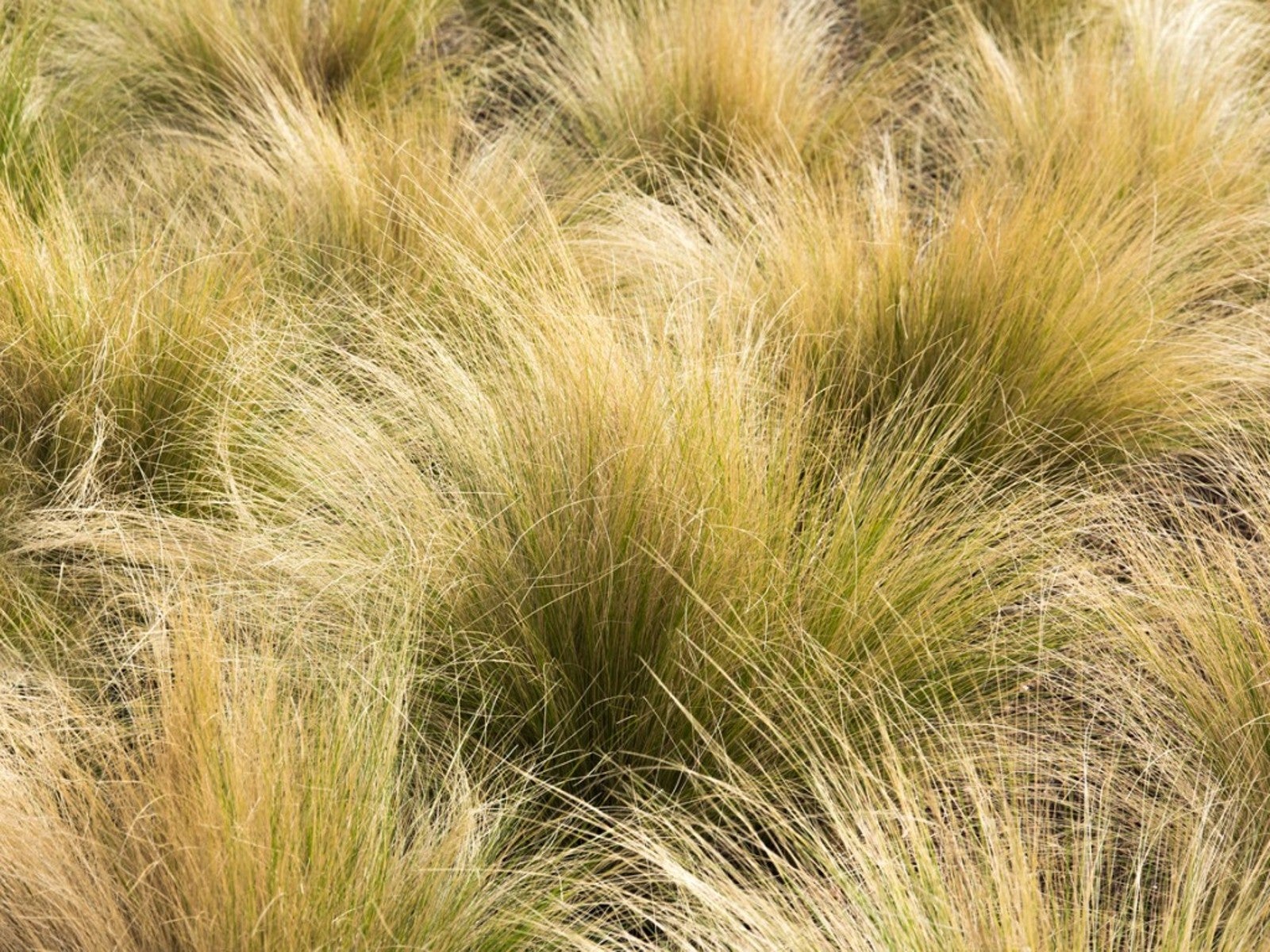
Best Ornamental Grasses For Texas And The South
What are the best ornamental grasses for the south central region of the United States? Click here to find out.
By Amy Grant
-
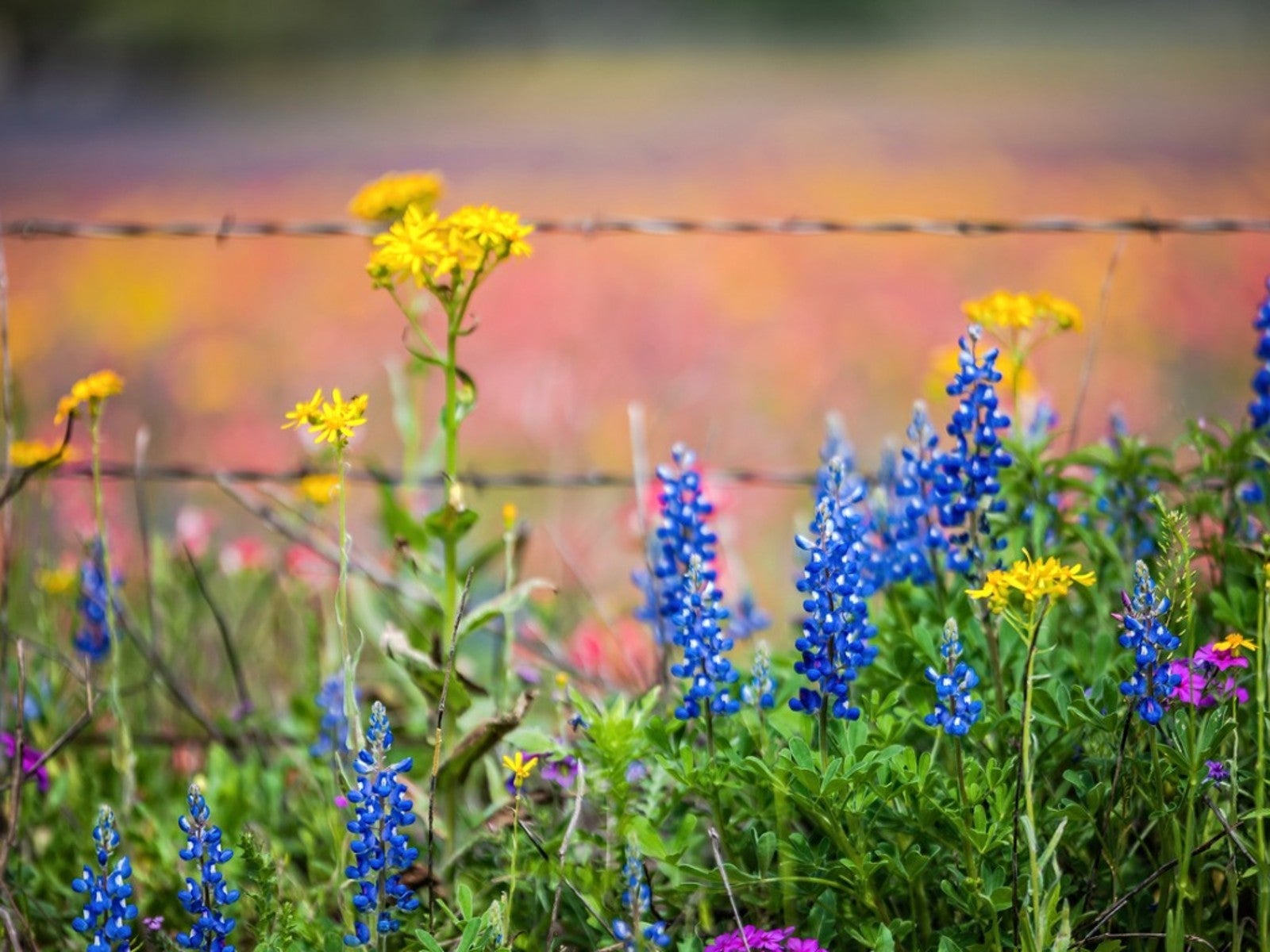
Best Native Plants For Southern Gardens
If you live in the southern regions of the U.S., learn here about the best native plantings for each state.
By Susan Albert
-
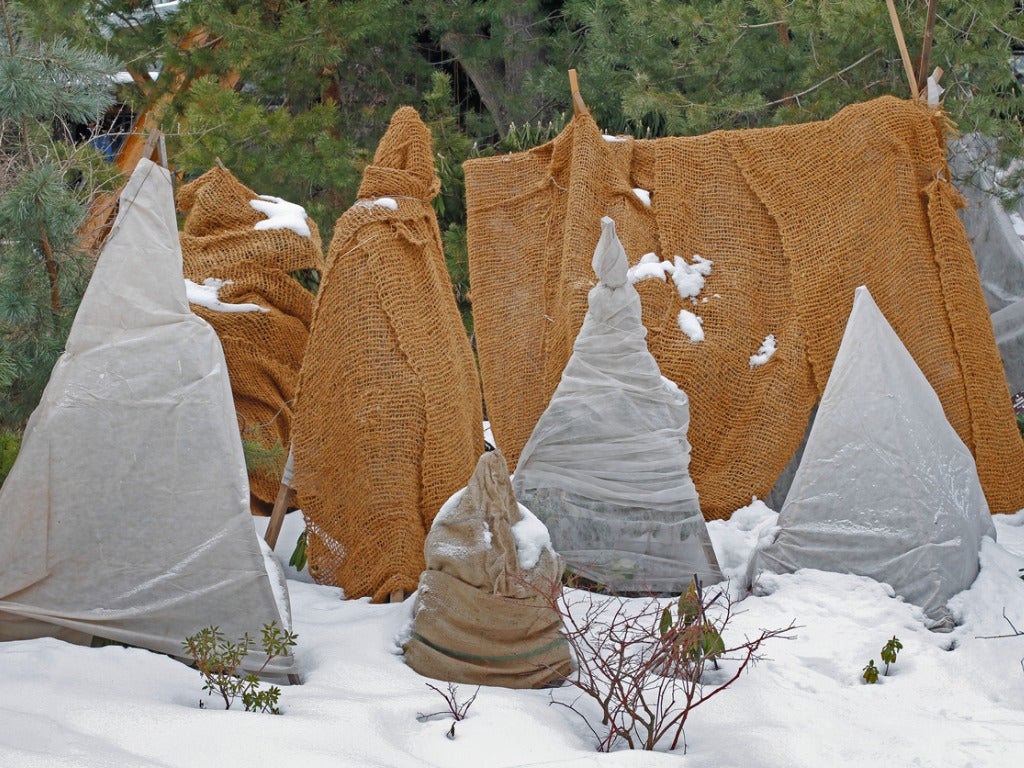
Regional To-Do List: South Central Gardening In December
There are still quite a few December gardening tasks for those living in the South Central region. Click here for your regional to-do list.
By Tonya Barnett
-
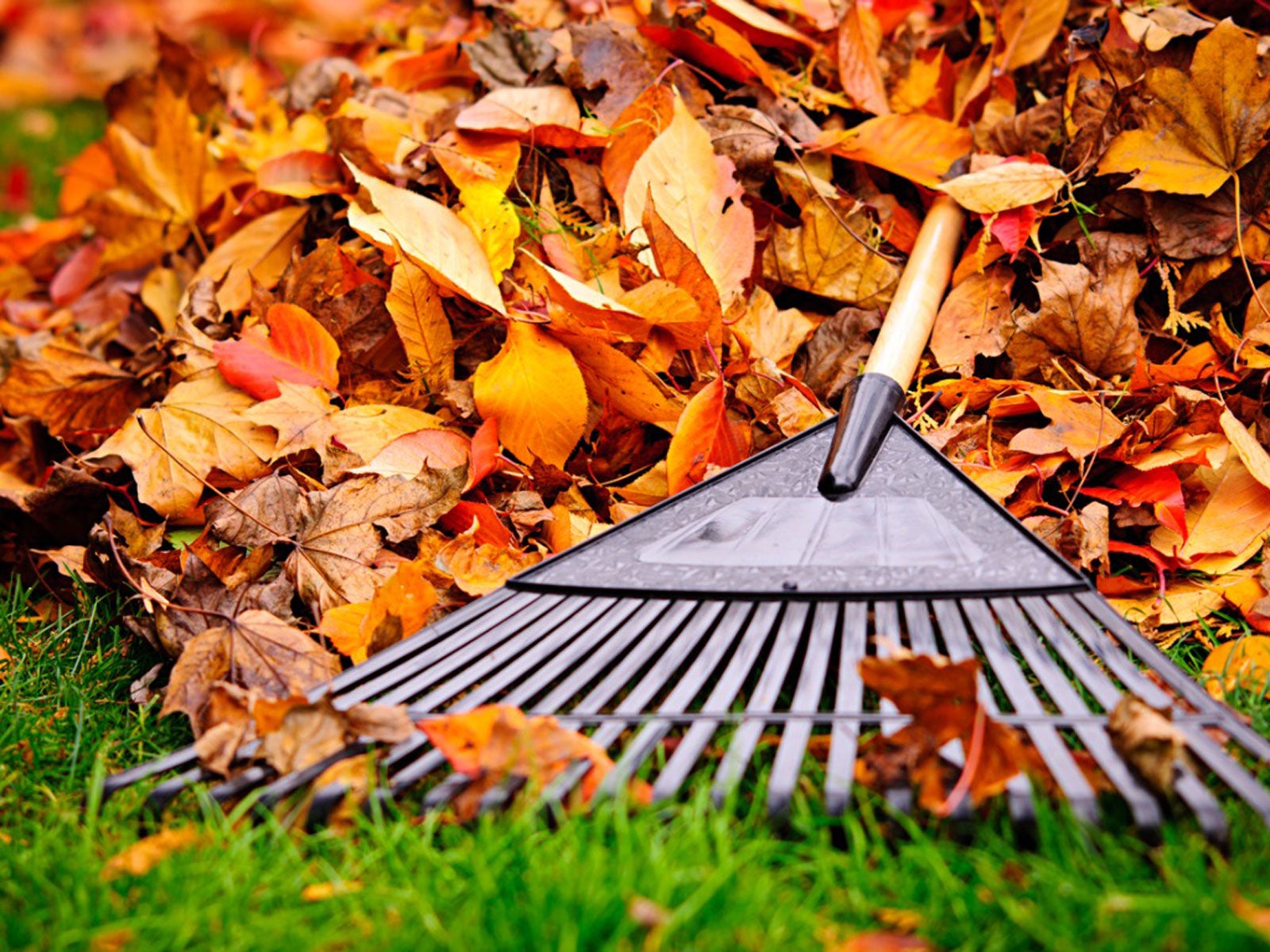
October To-Do List: Tasks For South Central Gardens
An October to-do list can help growers stay focused, even as the activity begins to slow. Here’s what to do in South Central regions.
By Tonya Barnett
-
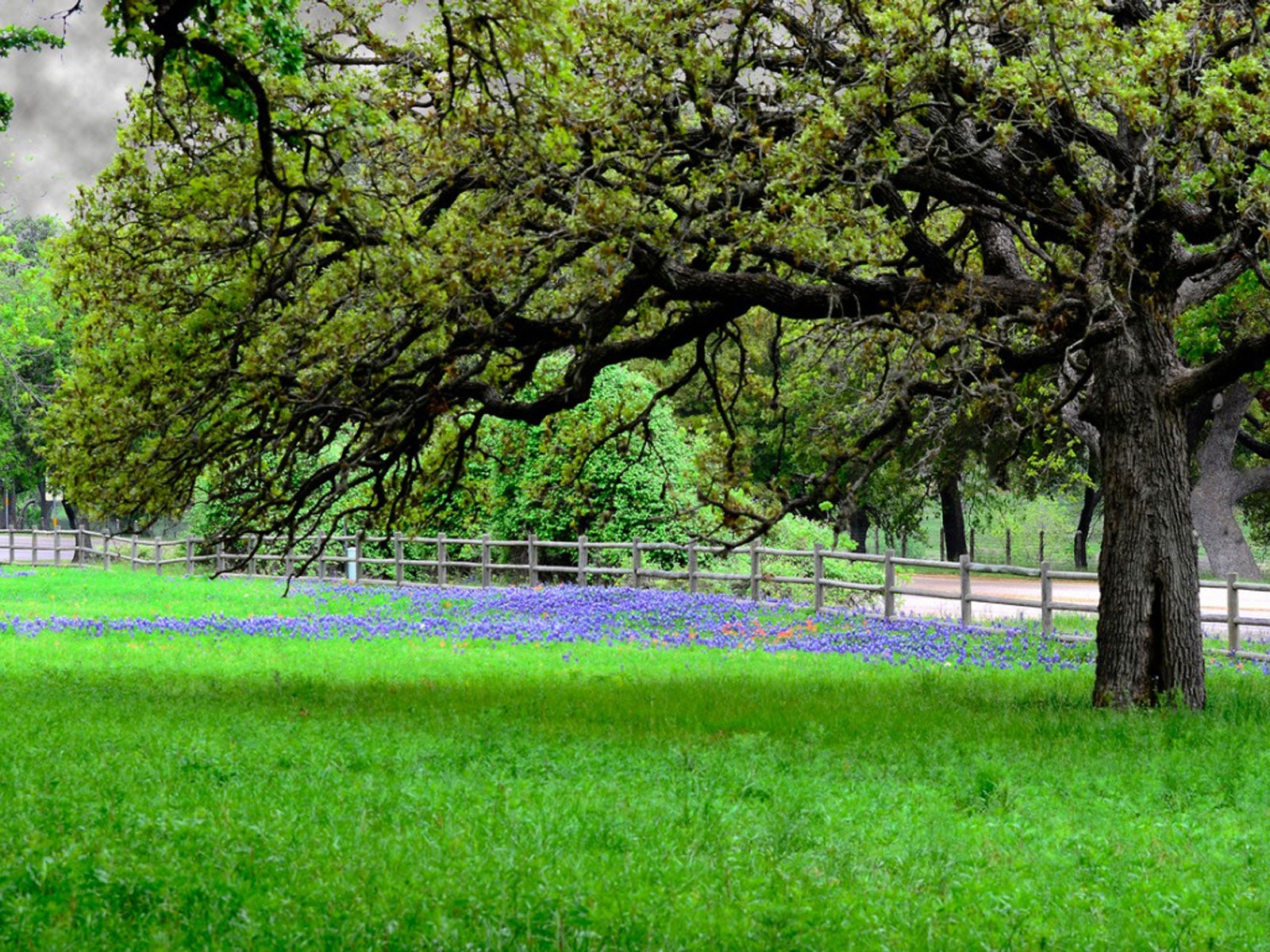
Shade Trees For Southern Regions: Best Trees For Shade In Hot Climates
Whether shade trees are chosen as a place for relief or to shade the house, it pays to do your homework. Click here for South Central shade trees.
By Susan Albert
-
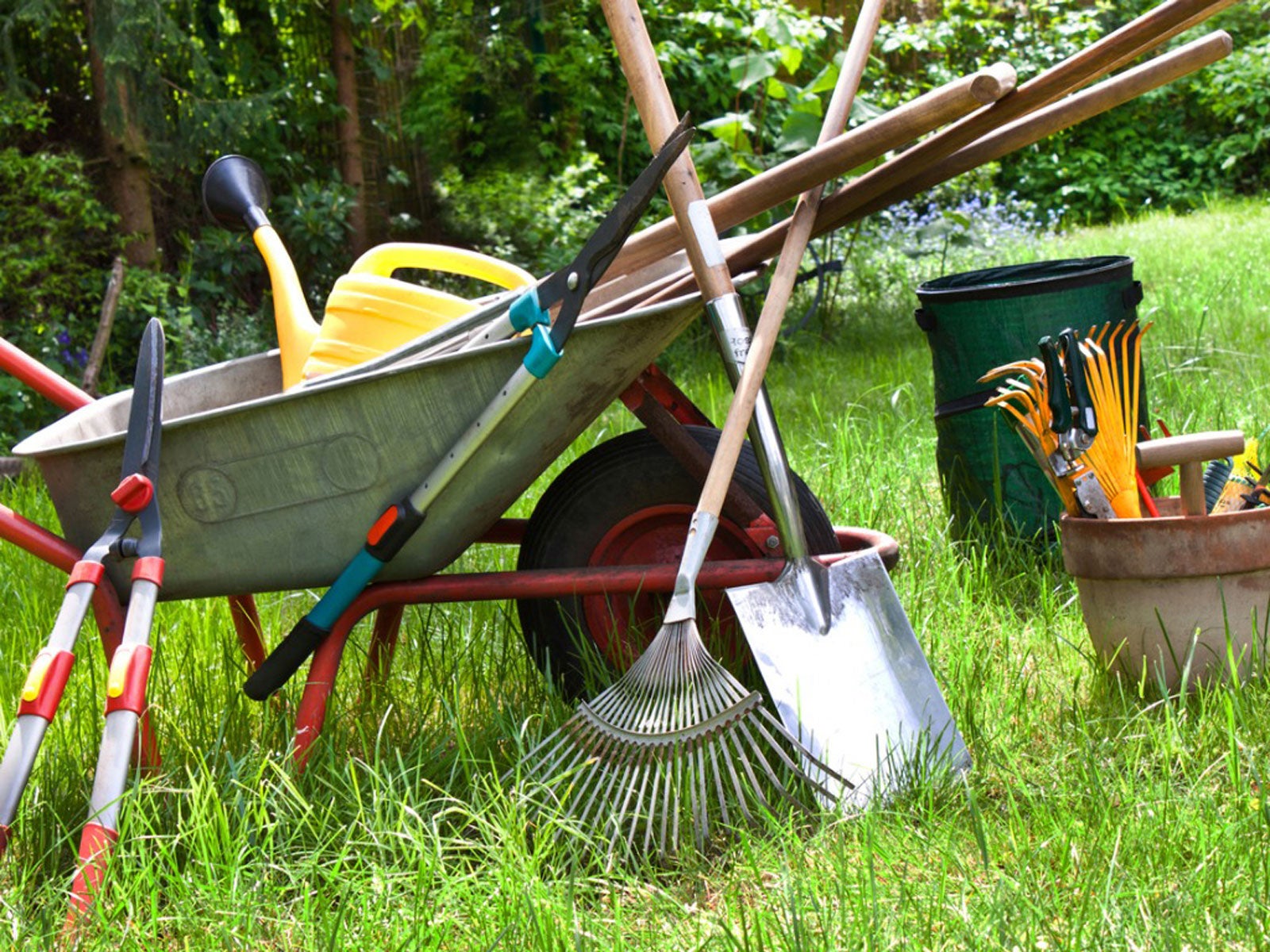
Garden Tasks During August: South Central Gardening To-Do List
Right now, in the South-Central region keeping plants watered is top priority. Find other items to round out your gardening to-do list for August here.
By Laura Miller
-
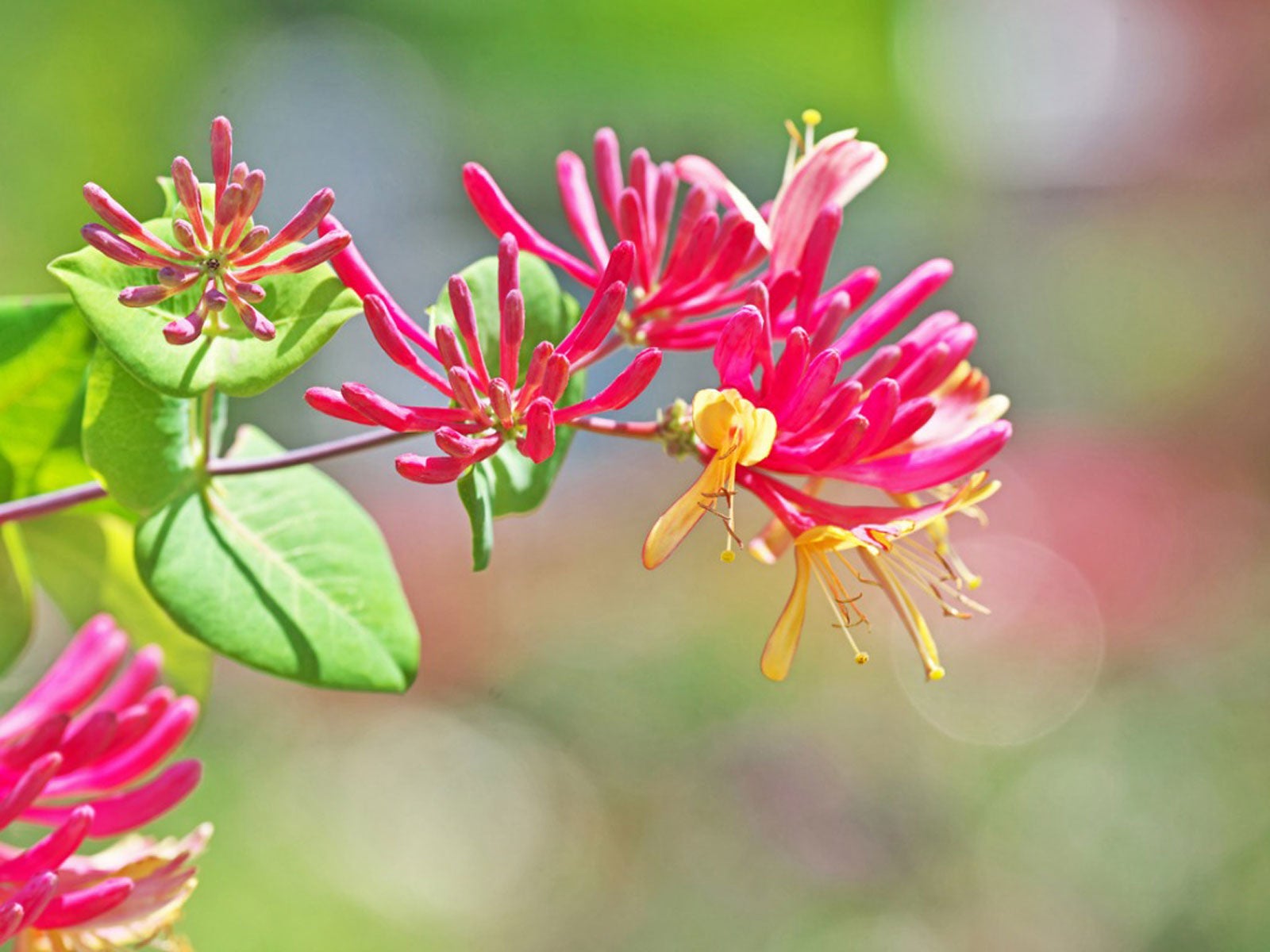
Vines For The Southern Region: Growing Vines In Texas And Nearby States
Vines for the southern region can add a splash of color or foliage to an otherwise dull vertical space. Click here for a list of South Central vines.
By Susan Albert
-
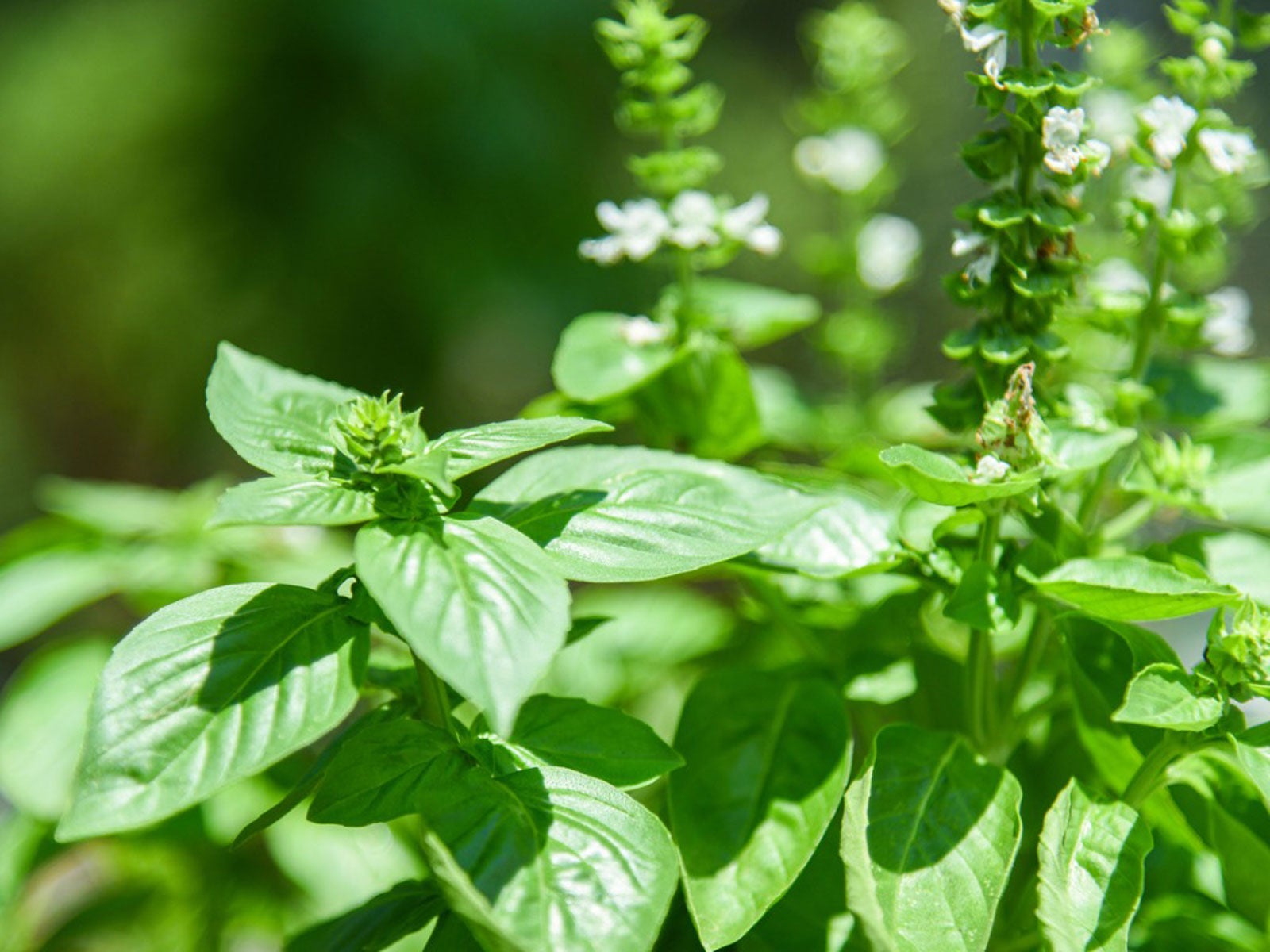
Heat Tolerant Herbs: Growing Herbs For Texas Summers
Finding heat-tolerant herbs that will grow in Texas climates is key to success. Take a look at some herbs for Texas gardens in this article.
By Laura Miller
-
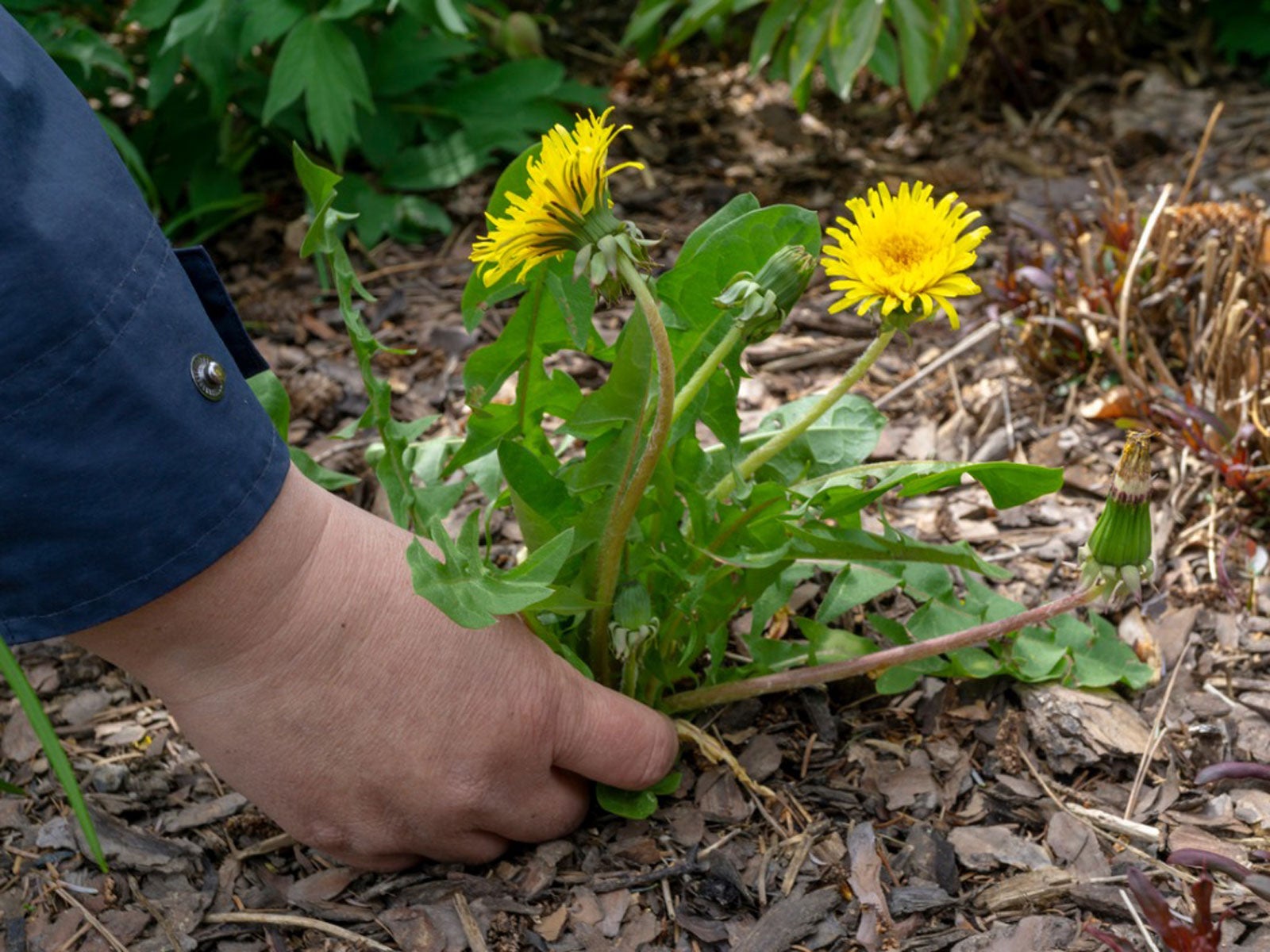
Garden To-Do List – South-Central Gardening In June
Time flies by when we’re busy in the garden, and the summer to-do list for South-Central gardening is no exception. Click here for tasks to do now.
By Becca Badgett
-
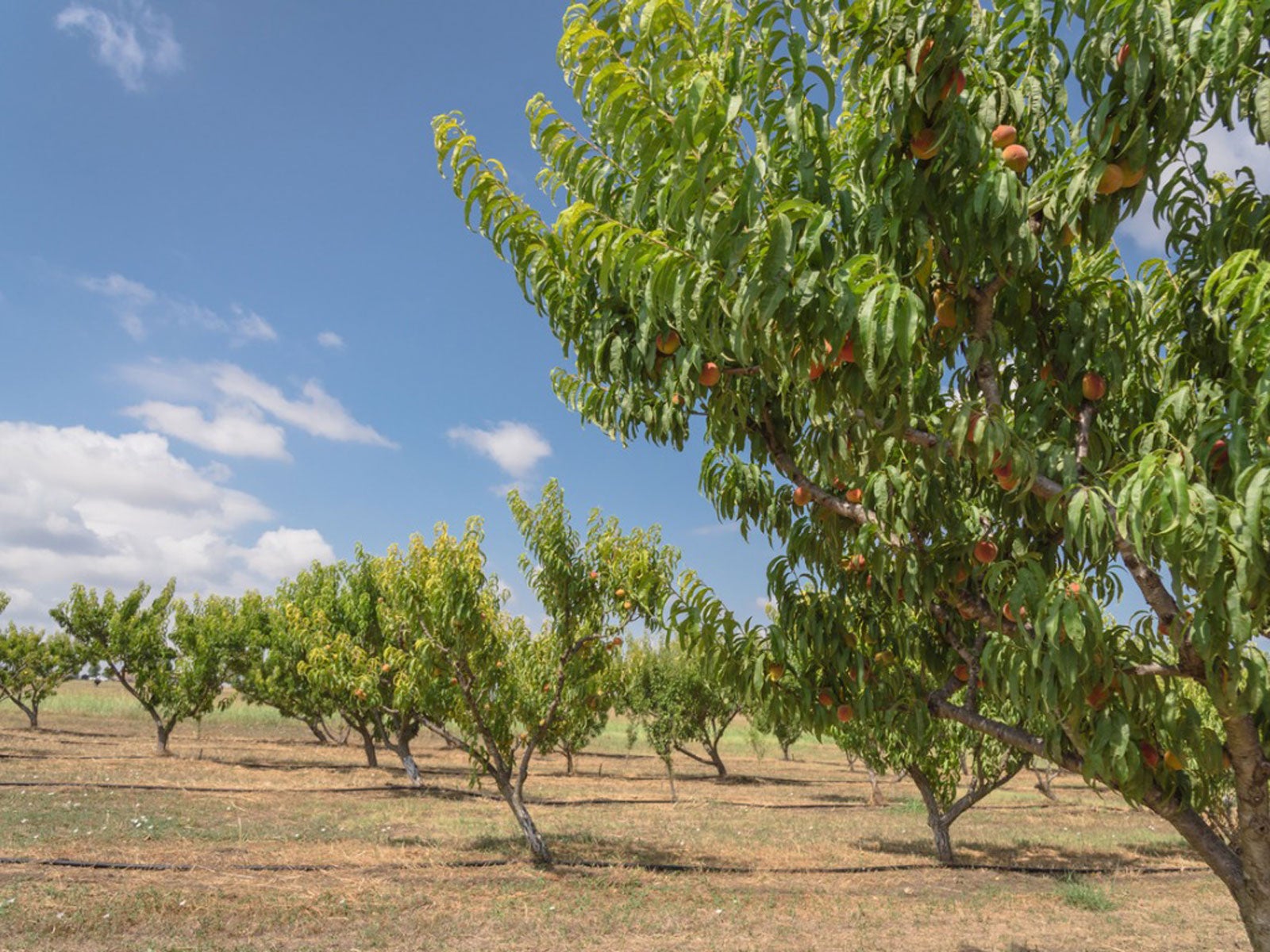
South Central Fruit Trees – Growing Fruit Trees In The South
Growing fruit trees in the home garden is an increasingly popular hobby in the South. For tips on choosing fruit trees for South Central states, click here.
By Susan Albert
-
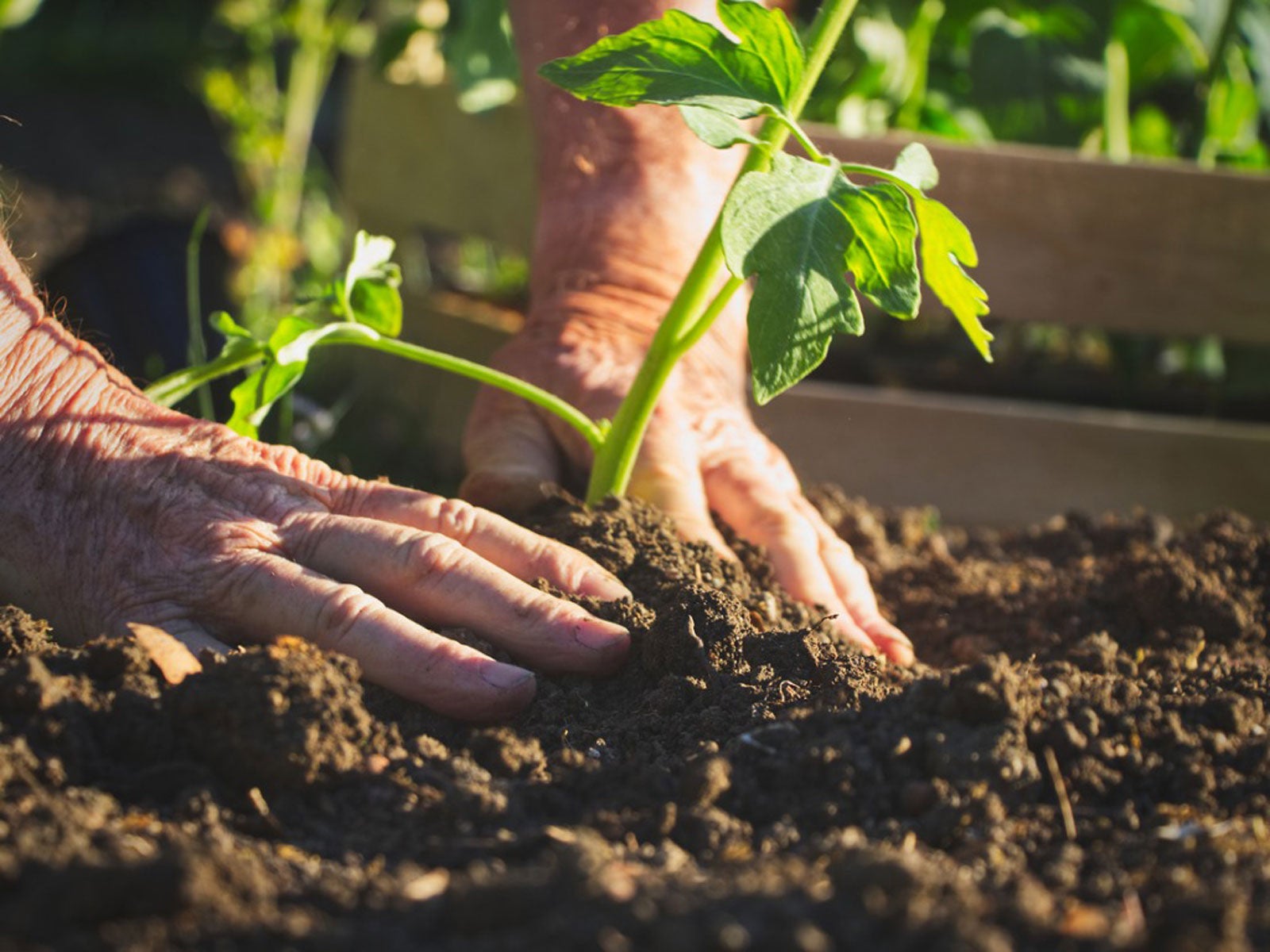
Garden To-Do List: April Gardening In The South Central Region
From lawn care to flower planting, there are plenty of chores ready and waiting in April. Learn about South Central garden maintenance here.
By Susan Albert
-
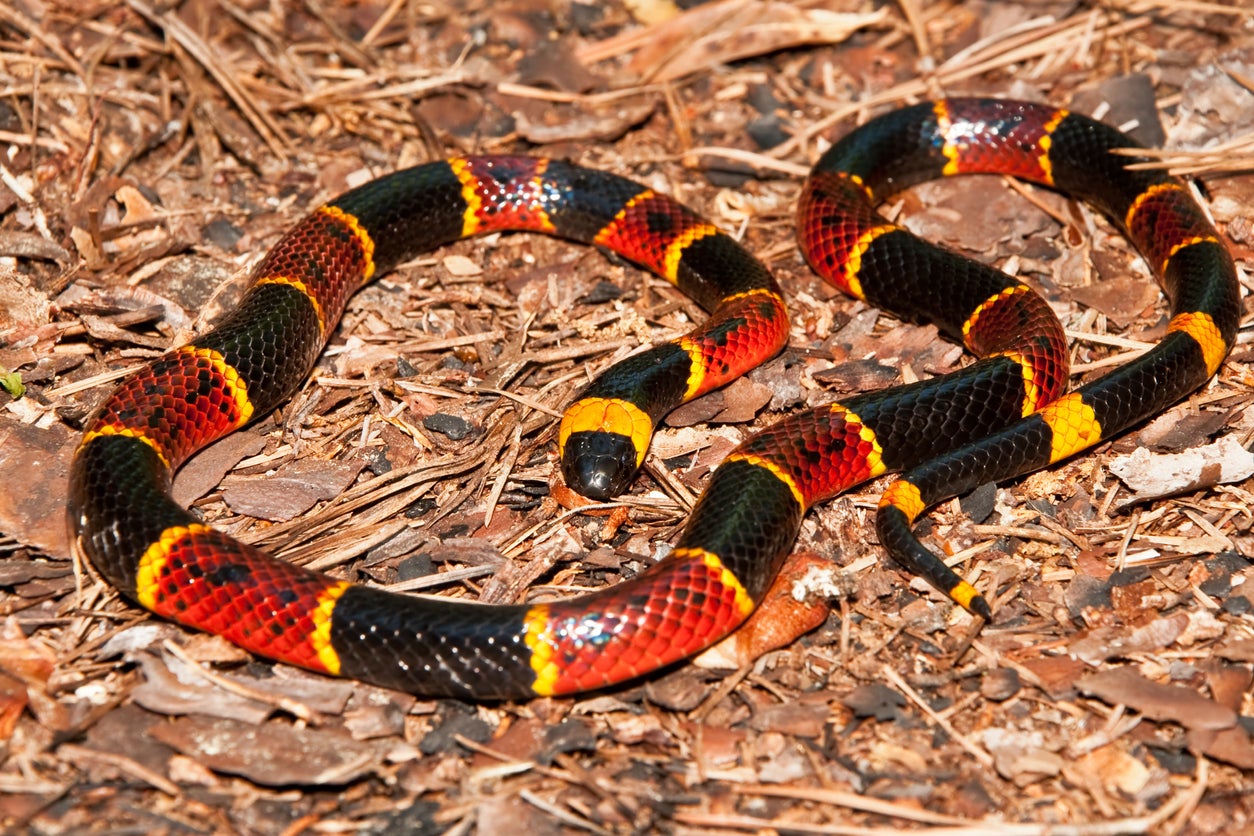
Identifying Snakes In Southern Regions – Common Snakes In South Central States
Learning to identify snakes in your area can prevent undue fear and unnecessary eradication of environmentally beneficial snakes. Click this article to learn about some of the more commonly seen southern snake varieties in and around the home landscape.
By Susan Albert
